Why are rivers so important? And what are we doing to protect them?
“Rivers are integral to all life.”
That’s what Mark Angelo, the founder and Chair of World Rivers Day, has to say about our waterways. But why are rivers so important? And what are we doing to protect them?
Even though rivers account for just 2% of the world’s liquid surface freshwater, their impact goes well beyond the animals who live in them and the people who live by them. From vast fast-flowing waterways to shallow wetland deltas, rivers provide important ecological, economic and cultural value.
Throughout history, humans have harnessed their power to generate power, irrigate crops, expel waste and more. Pollution, industrial development, and climate change have placed immense pressure on our waterways, with many of the world’s rivers now in a degraded state.
According to the United Nations Environment Programme (UNEP):
- 1 in 5 river basins have experienced fluctuations in surface water outside their natural range
- Just 1 in 3 of the world’s longest rivers remain free flowing
- 1 in 3 suffer from severe pathogenic pollution
- 1 in 7 suffer from severe organic pollution
- 1 in 10 suffer from severe salinity pollution
- Every year about 1,500 tons of microplastics are estimated to escape from wastewater treatment plants into aquatic environments
It is vital that we protect rivers that remain in a healthy state, while striving to restore those that have been damaged in the past. But why exactly is it so important that we have healthy vibrant waterways?
1. RIVERS ARE A HOME TO BIODIVERSITY
According to the World Wide Fund for Nature (WWF), rivers are home to over 100,000 freshwater species. This means some of the most biodiverse habitats on our planet can be found around rivers.
Critically they are home to many protected, endangered and threatened species including some of our Fantastic Freshwater species. For example the Indian skimmer, Mallacoota burrowing crayfish, Mekong giant catfish, and the Indus River dolphin.
The return of porpoises to the River Thames demonstrates how habitat restoration and river cleaning can see species populations bounce back.
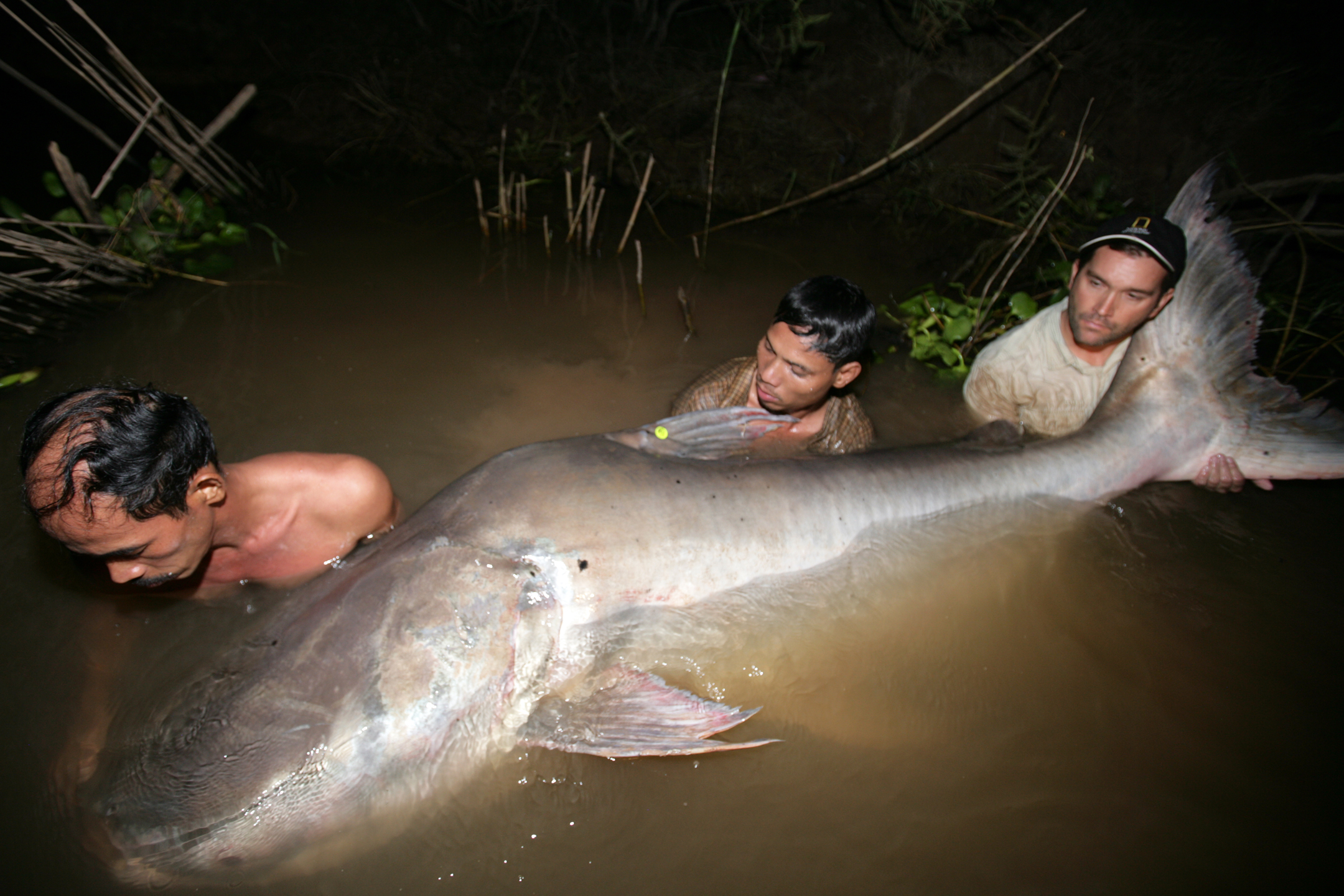
2. RIVERS ARE A HOME TO COMMUNITY
Humans have historically been drawn to rivers as a provider of transport, food and fresh drinking water. Many of the oldest cities in the world are built on their banks and a huge number of cultures and communities have developed around our waterways.-
The SHOAL team saw this first hand in Mexico, on our trip to witness Extinct in the Wild golden skiffia reintroduced to the Rio Teuchitlán.
SHOAL’s Michael Edmondstone said: “The local community has been integral to the skiffia and splitfin projects since the start, and will be key to ensuring the fishes’ habitat remains free of threats. A team of local children have volunteered as Guardians of the River, who pick up trash and speak with visitors to educate and inspire them about the importance of a healthy ecosystem. Walking around Teuchitlán, it is clear how important the project is to the community: colourful murals of the fish are painted on the side of buildings, and reminders to look after the river and its inhabitants adorn walls every couple of blocks. One reads, “every river is the heartbeat of the natural environment”. Another simply asks, “and what if you had to drink this water that you pollute?”
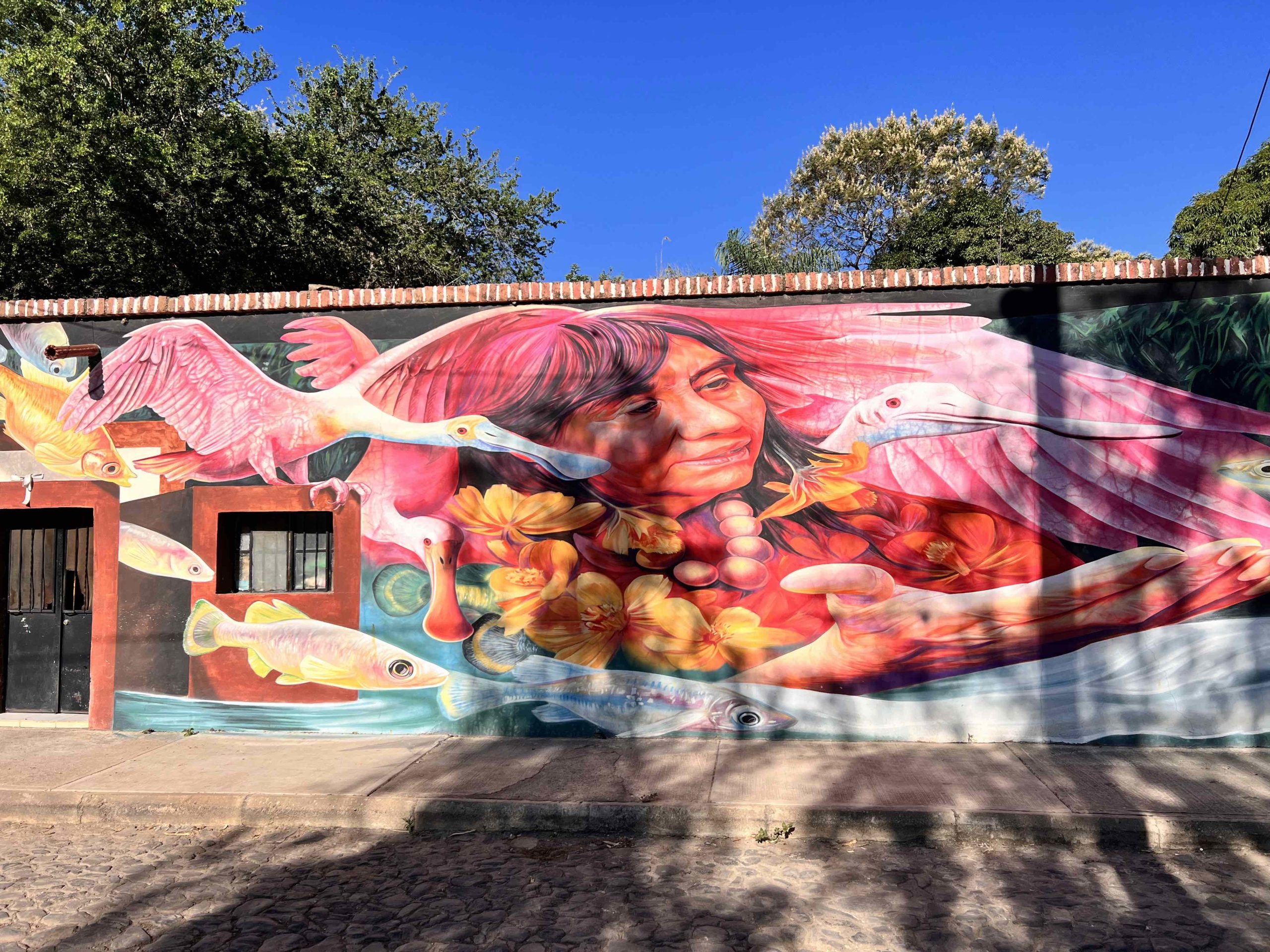
3. RIVERS ARE VITAL TO PEOPLE’S LIVELIHOODS
The state of our waterways has a direct impact on people’s lives and livelihoods. Rivers support fisheries, transport goods and people, promote tourism, provide recreational and mental health benefits.
Threats to rivers that degrade their state, also damage the sustainable economic impact that local communities rely on.
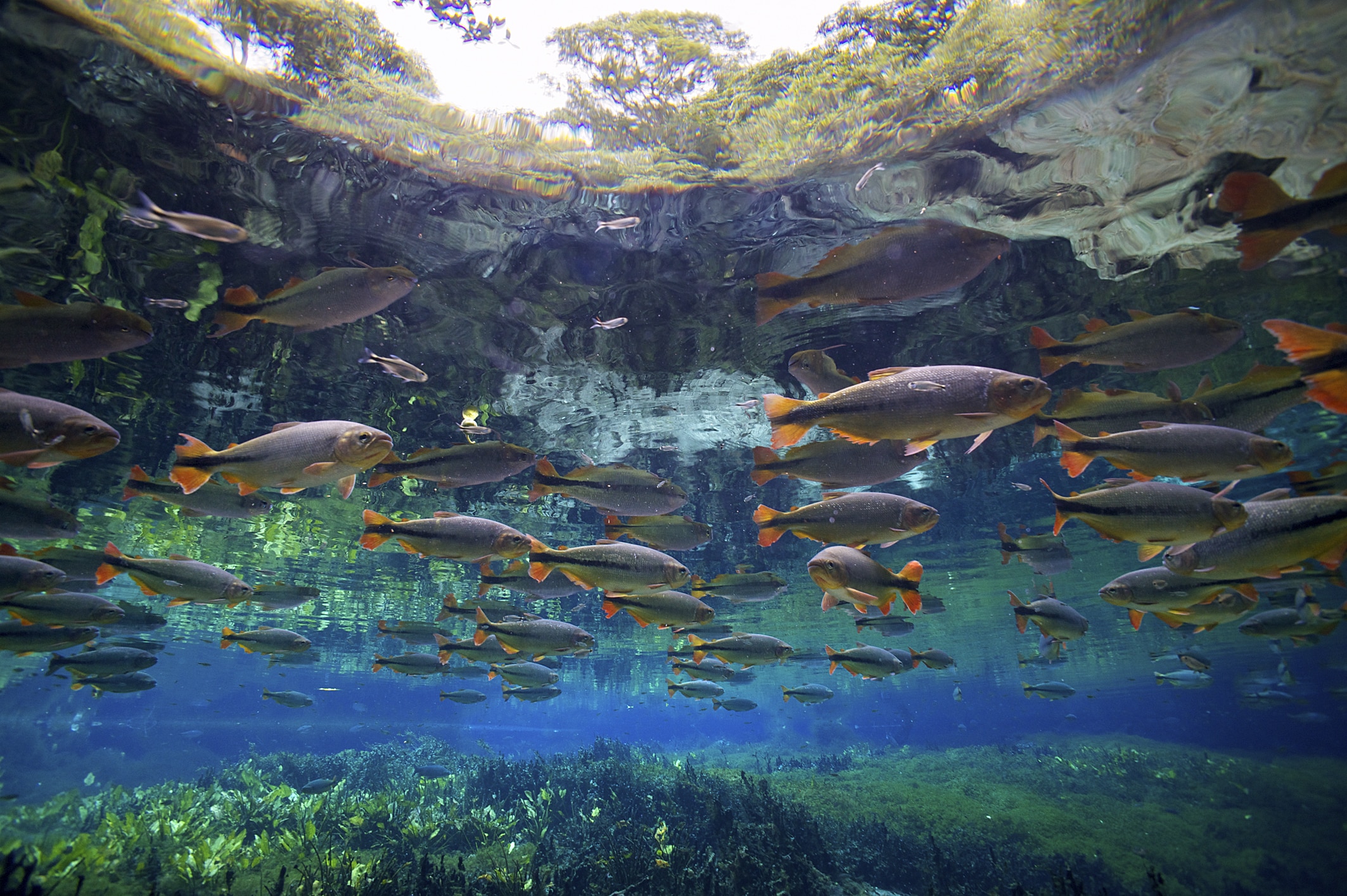
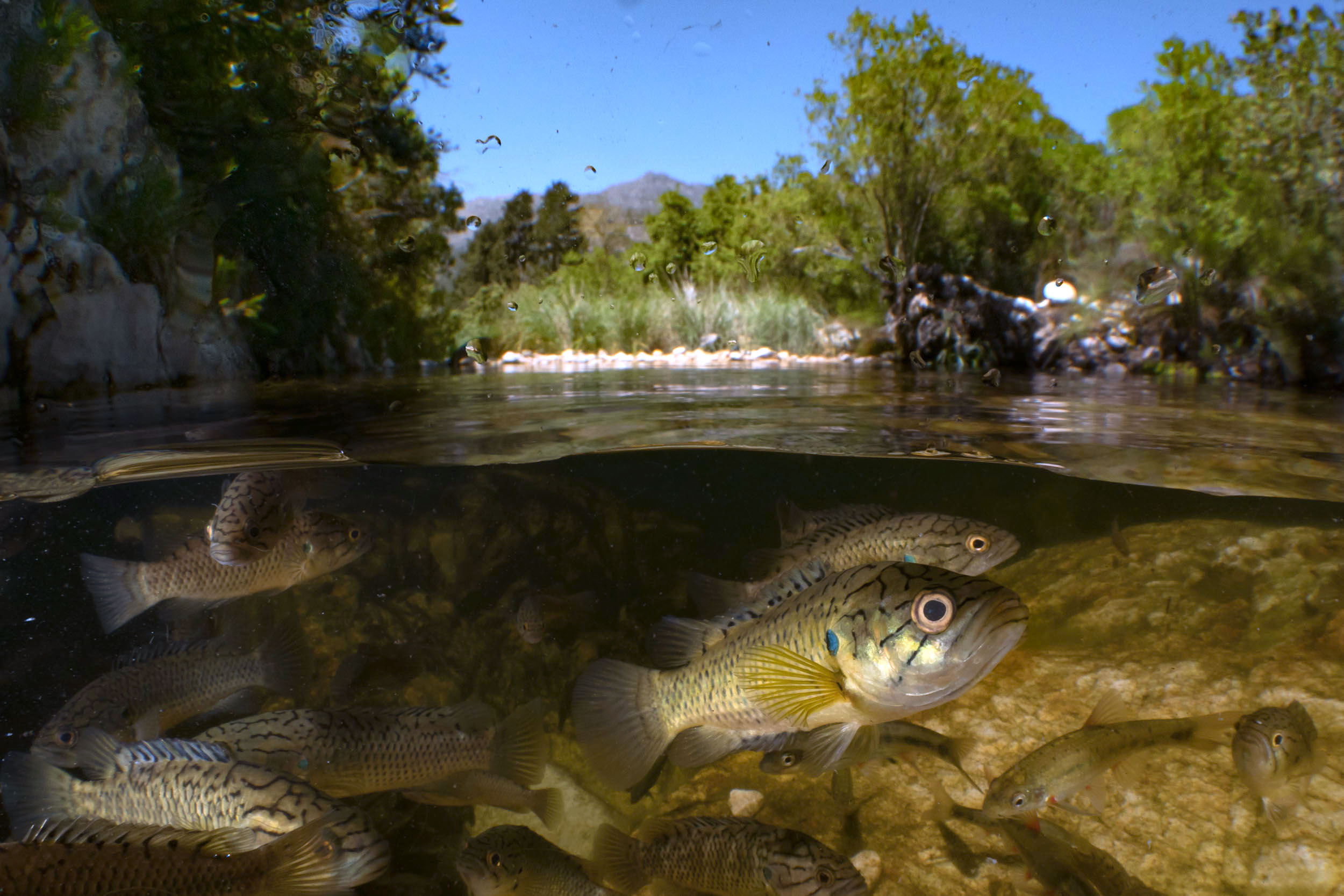
)
)
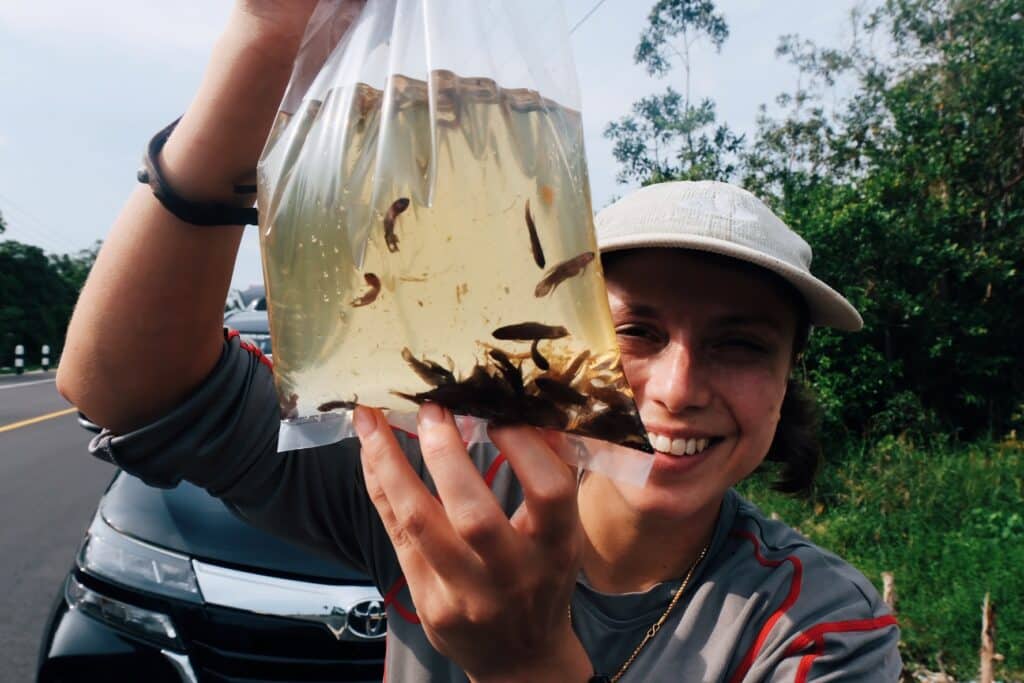)
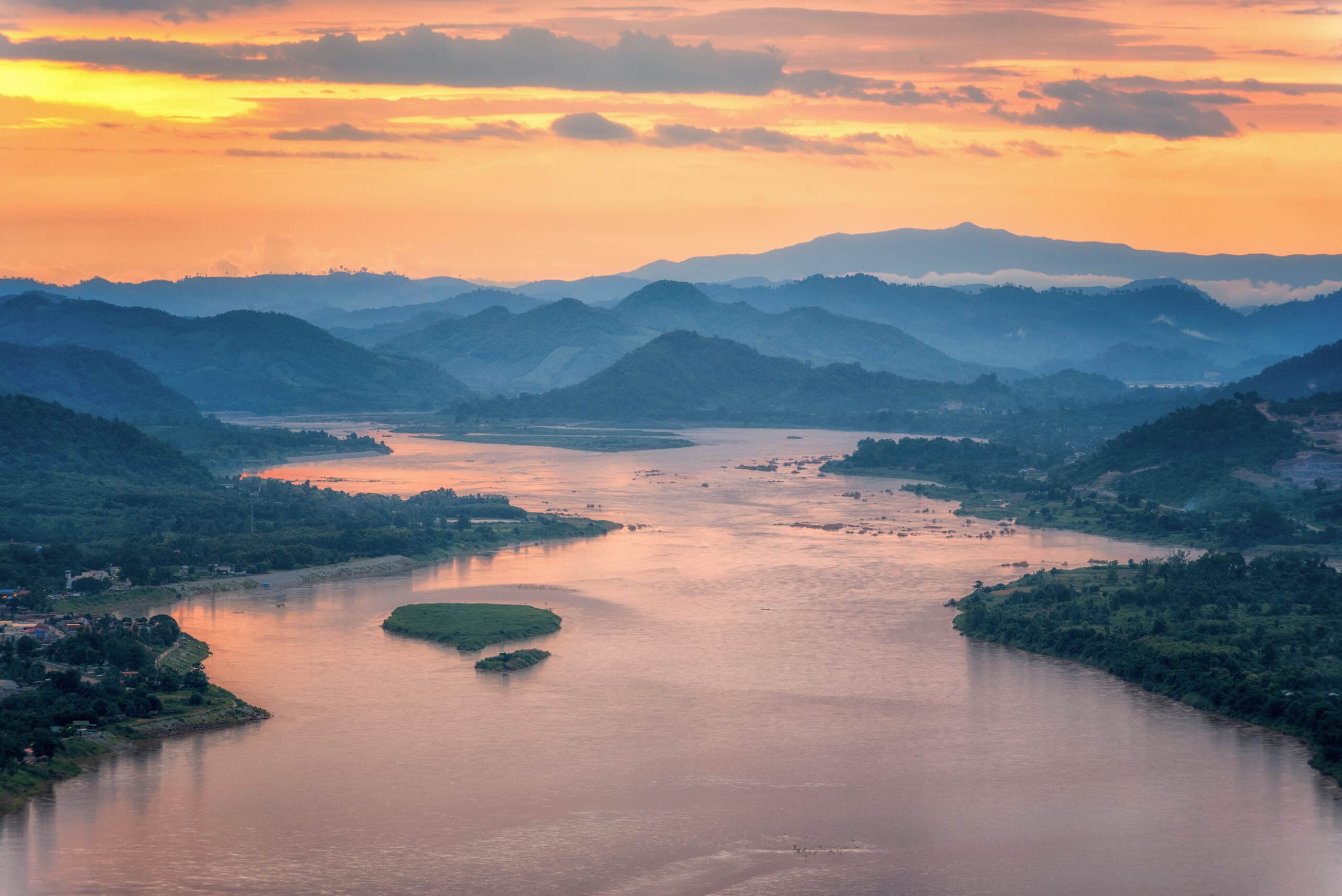
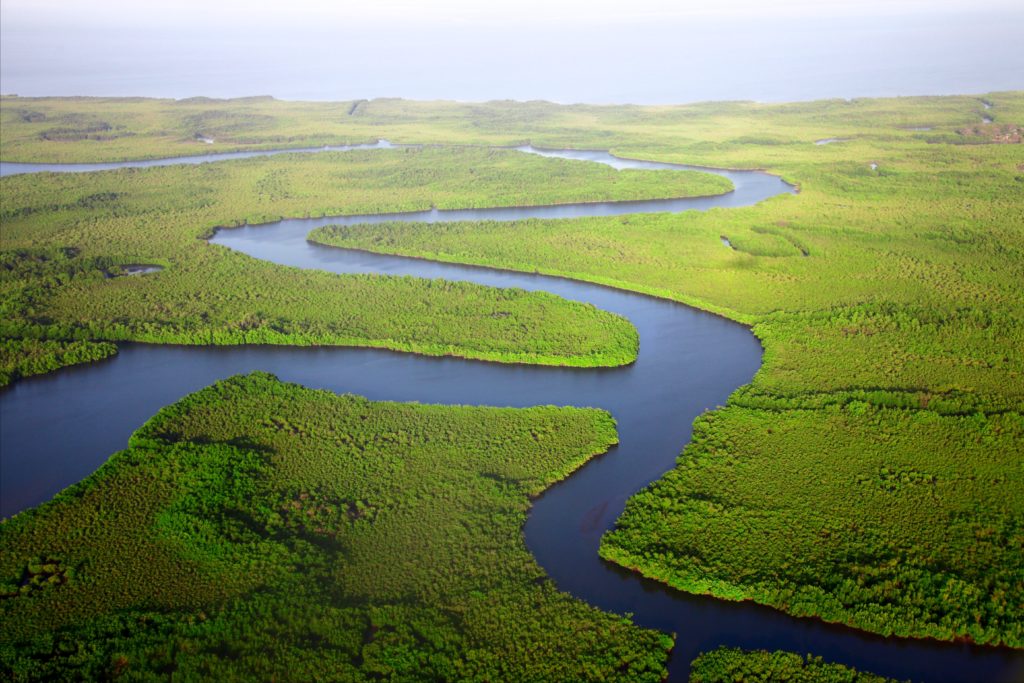)
)

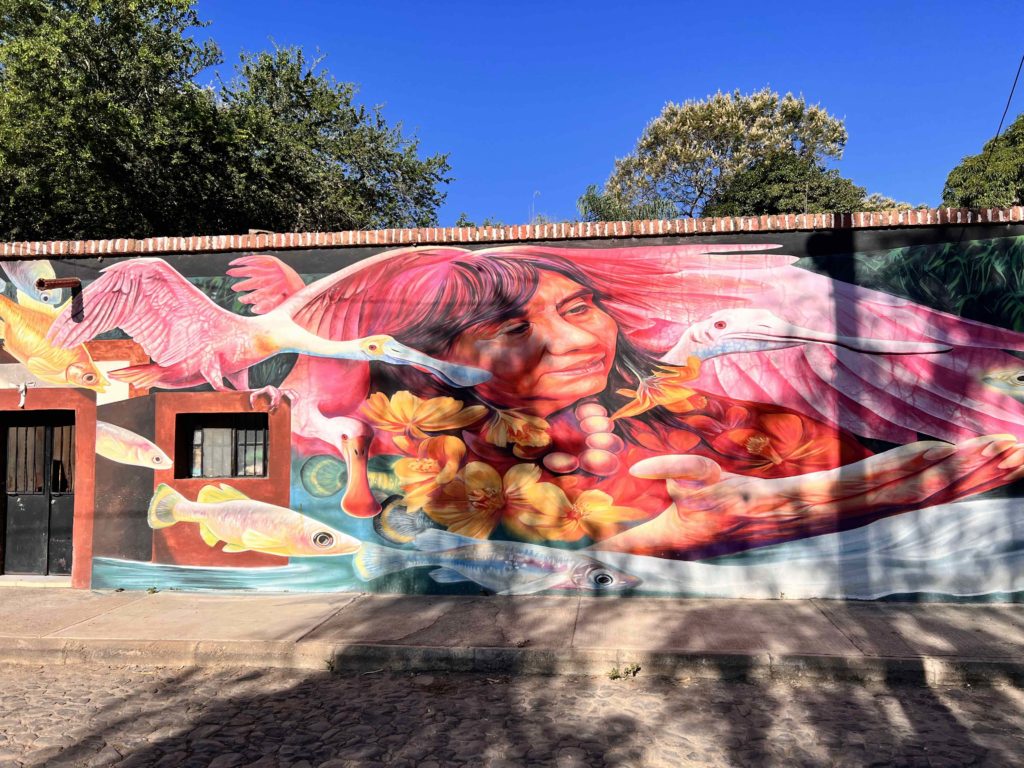)
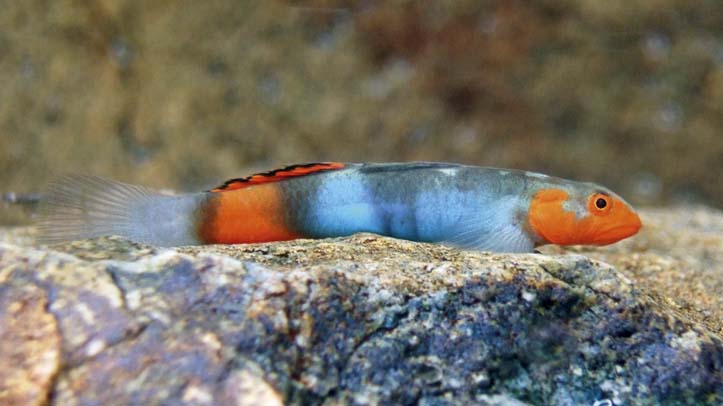
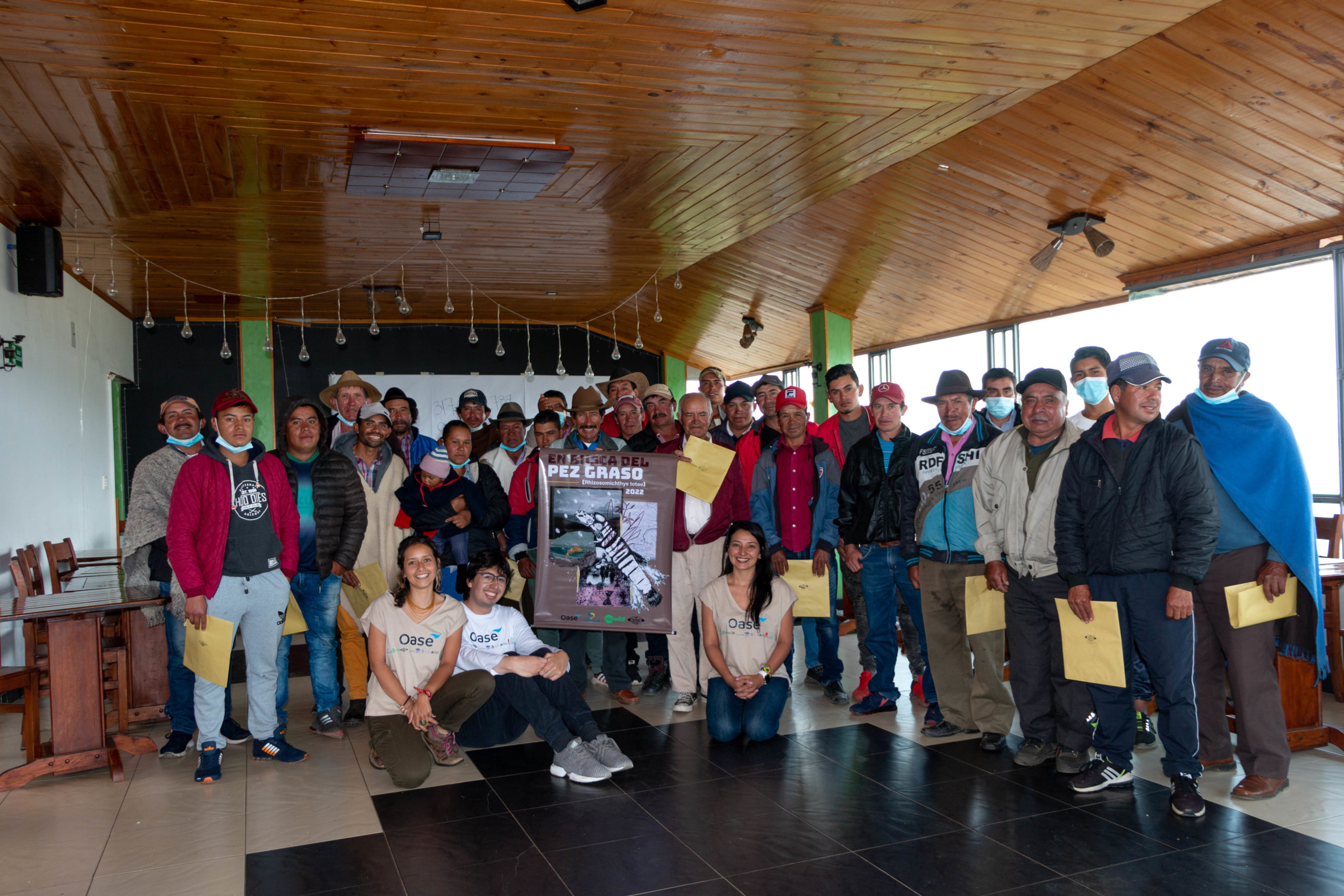
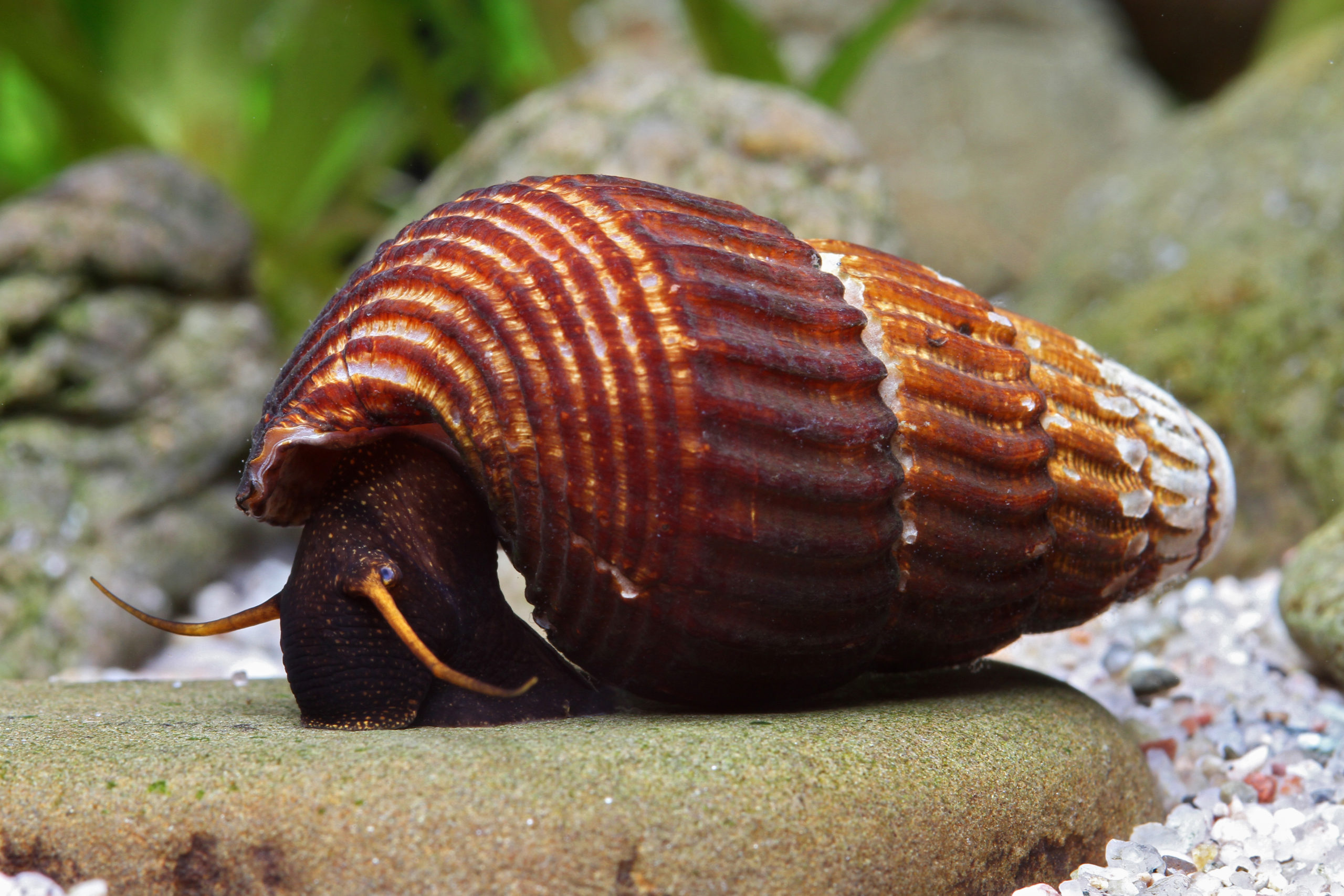
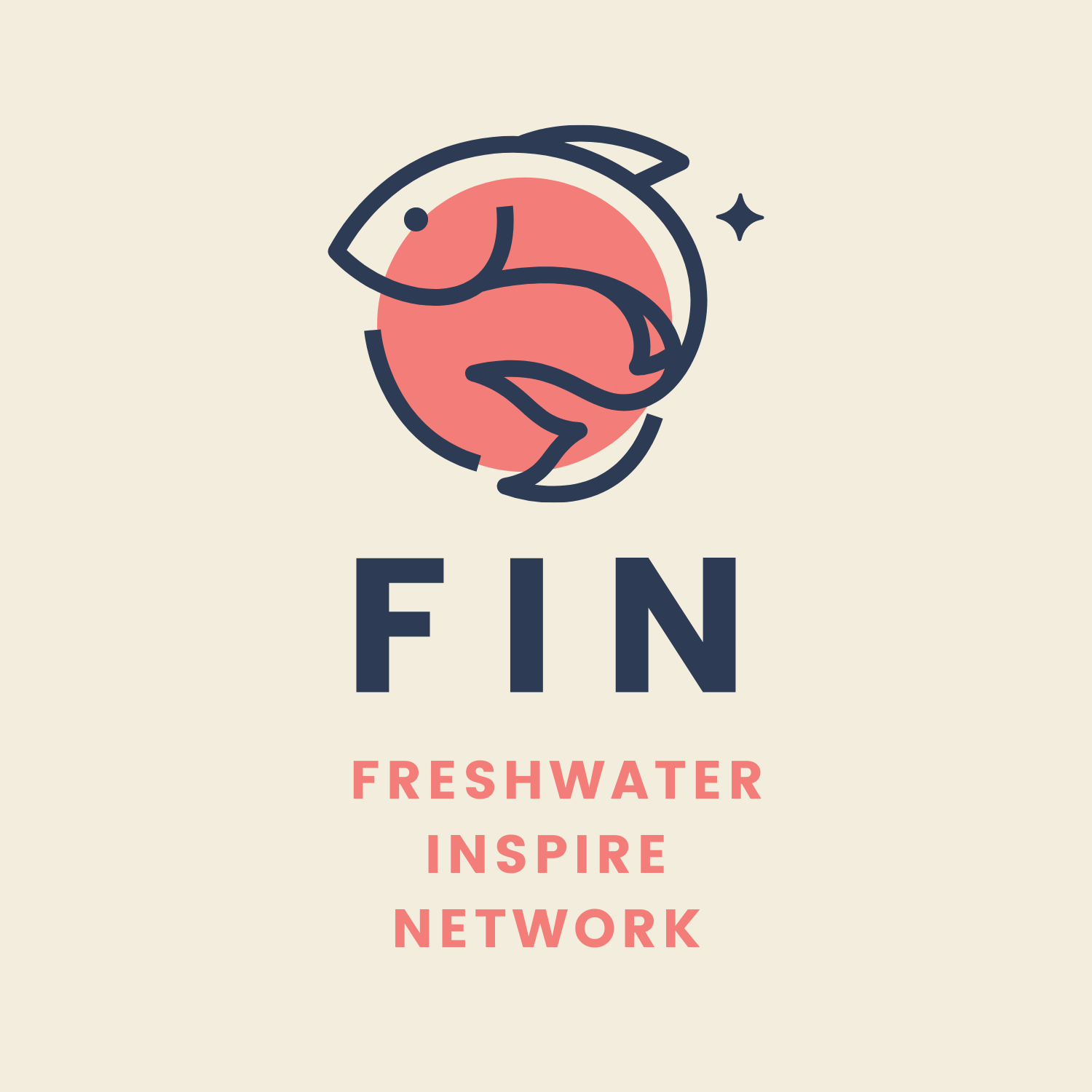
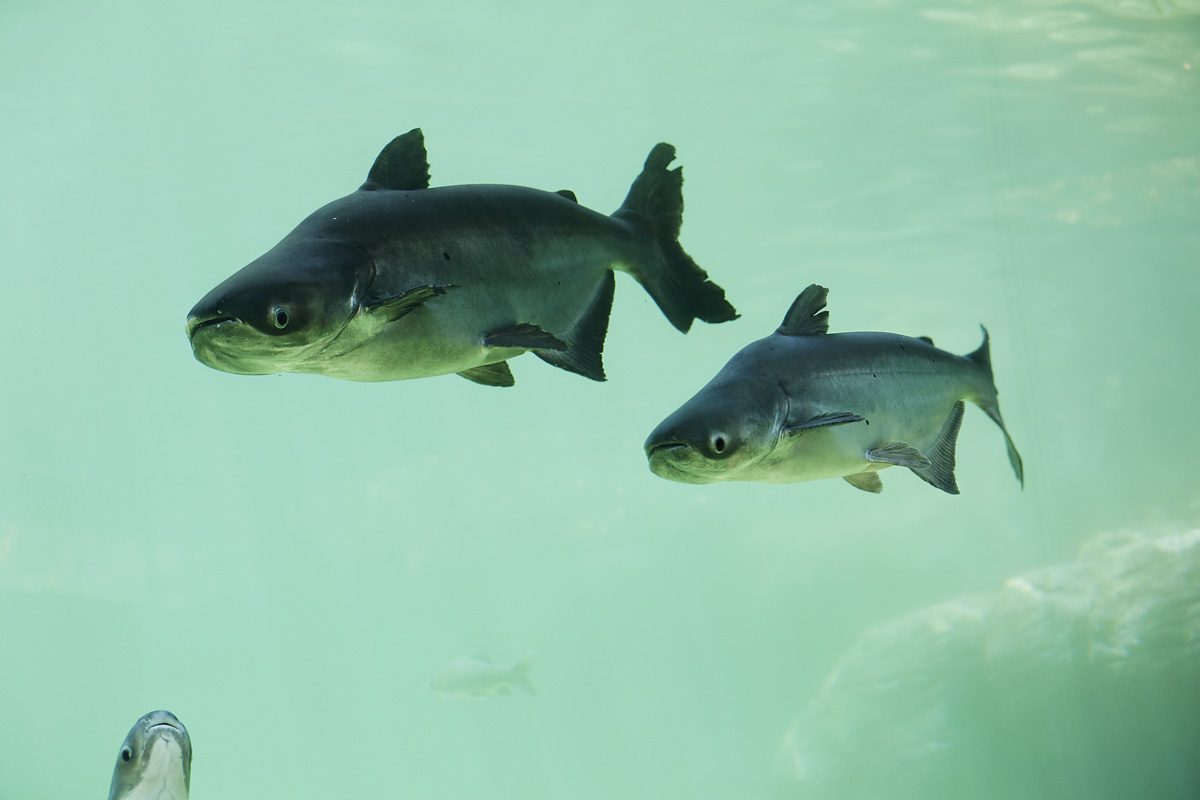
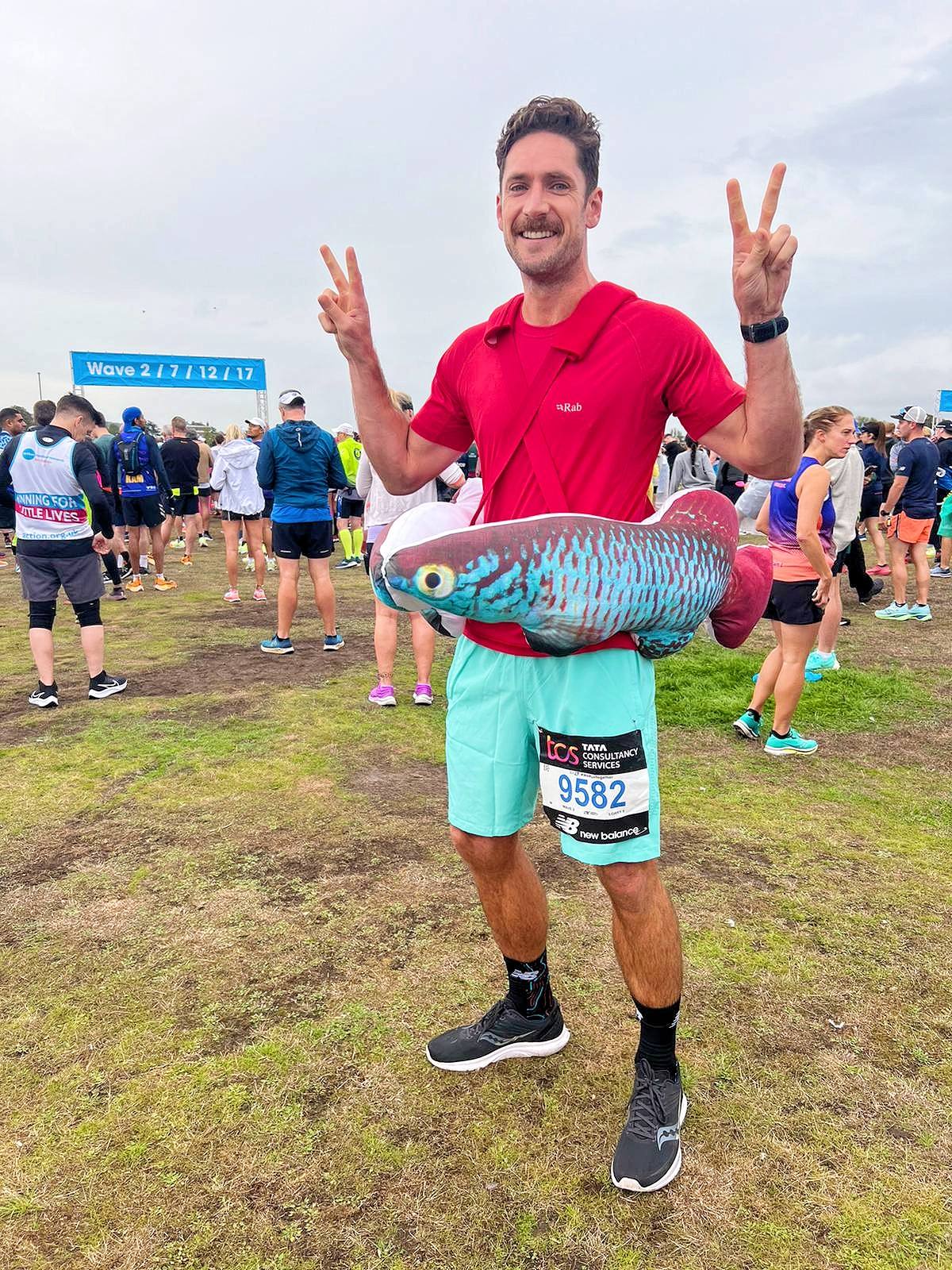
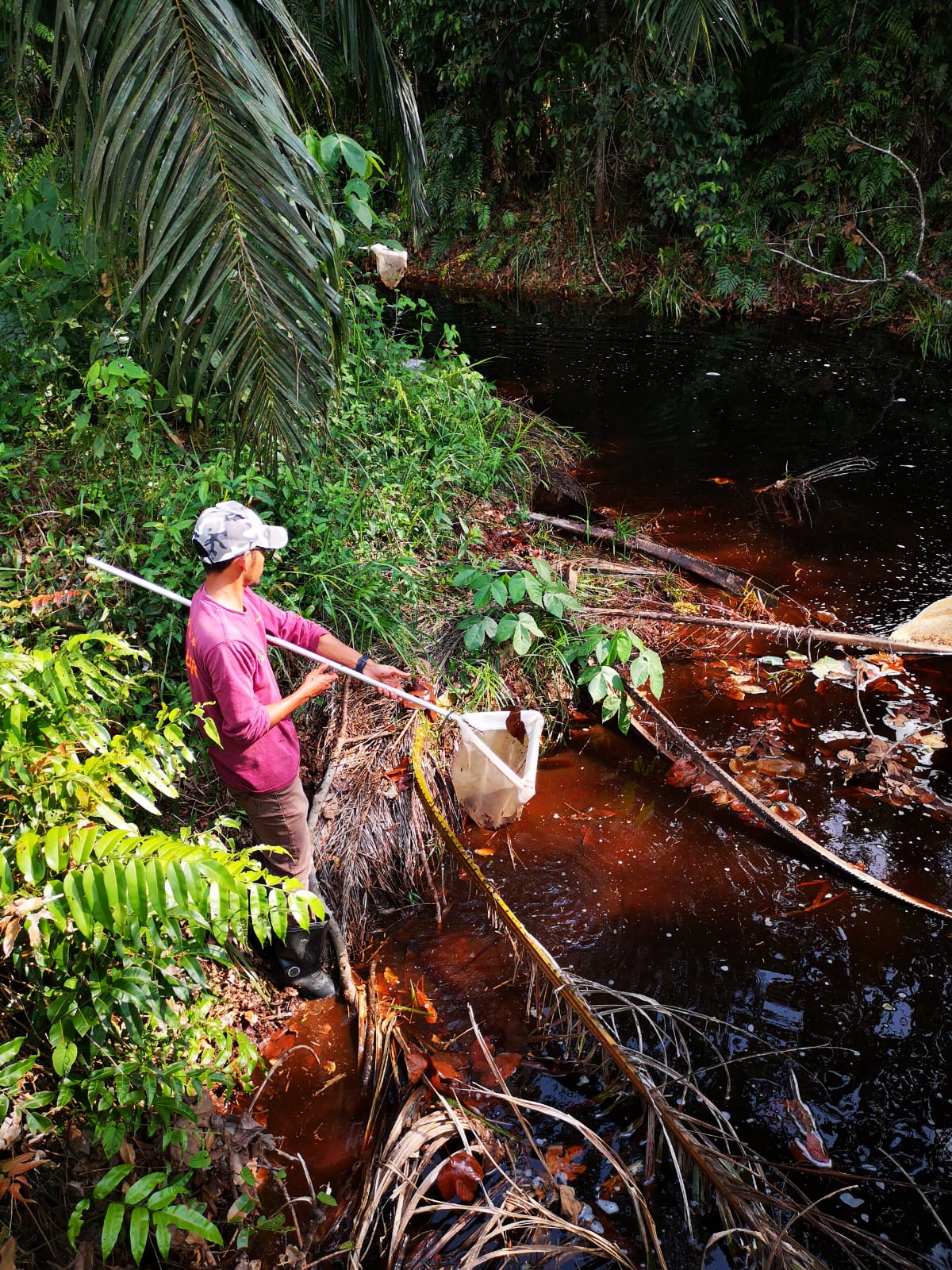
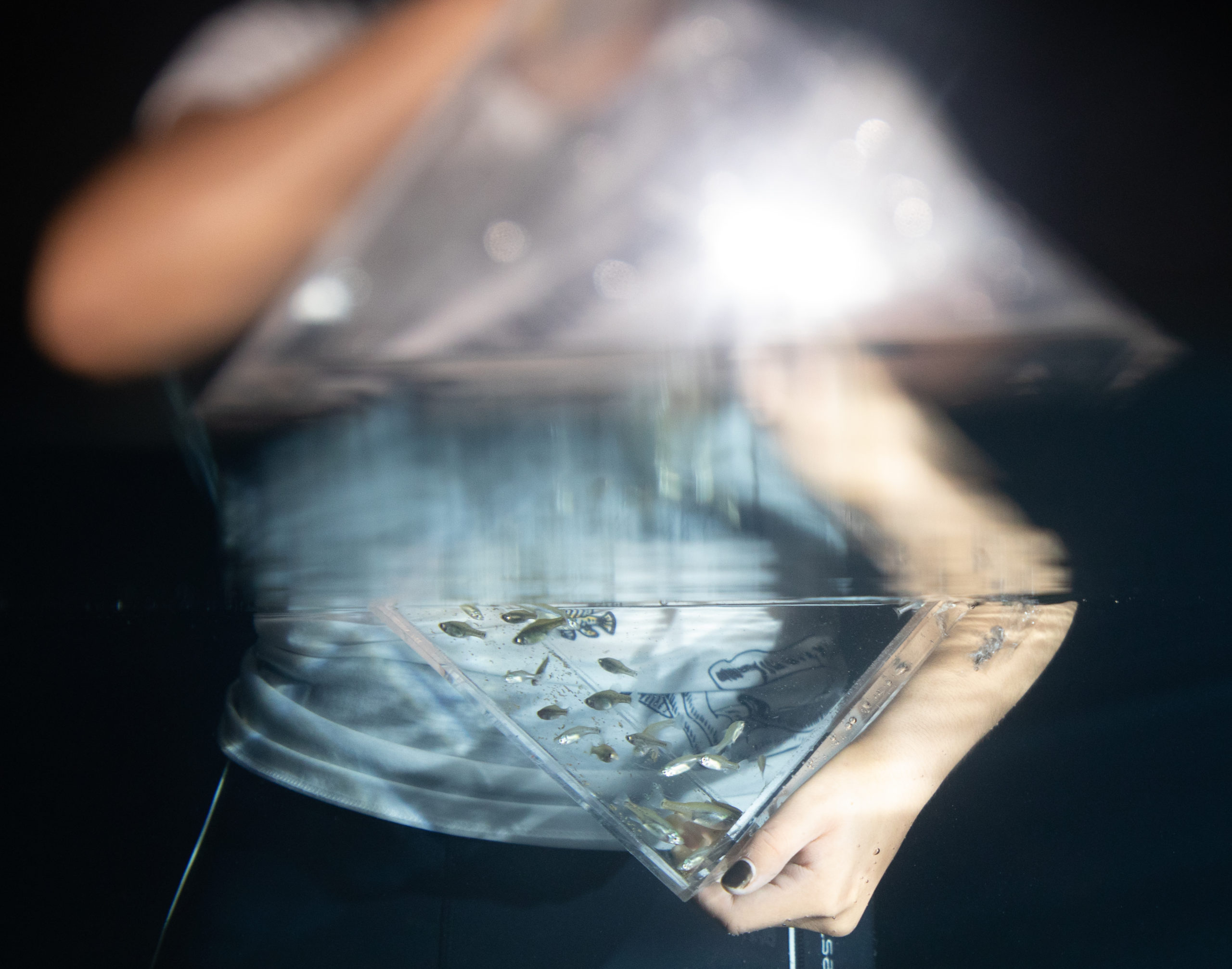
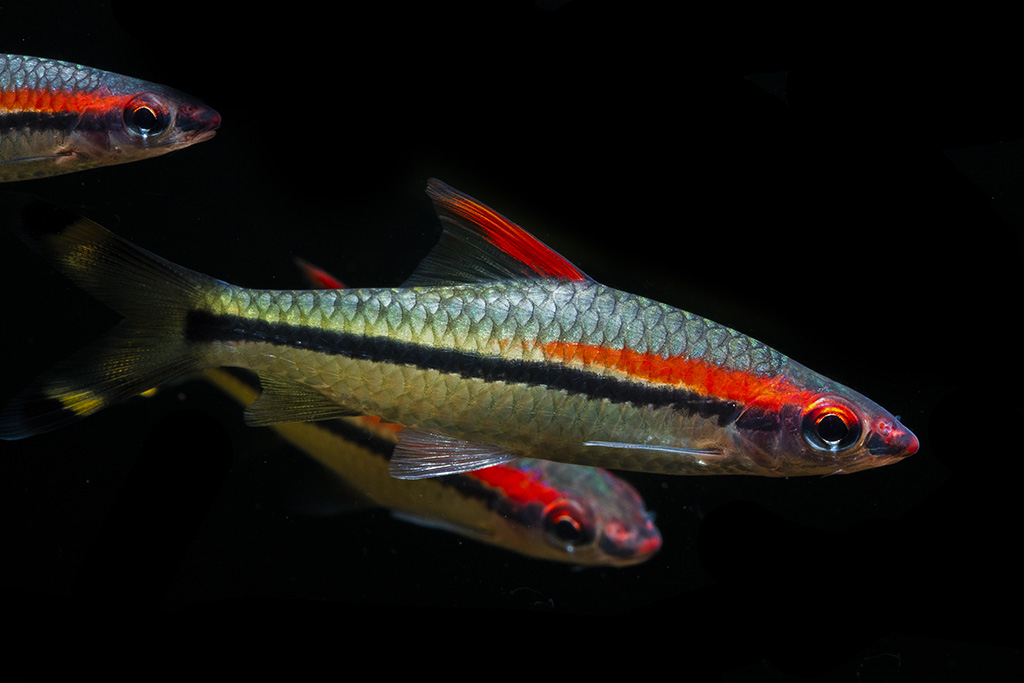)
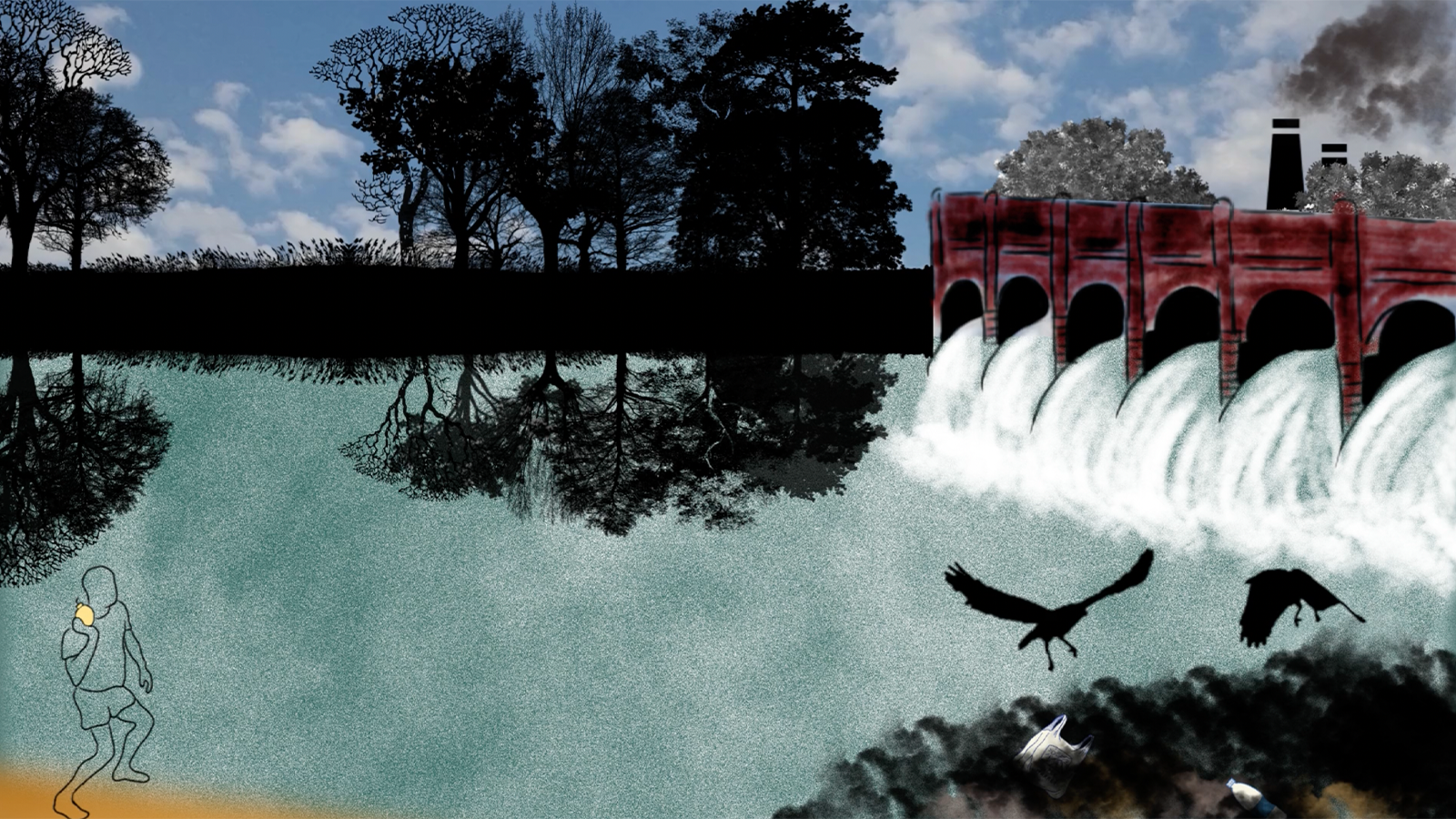
)



)
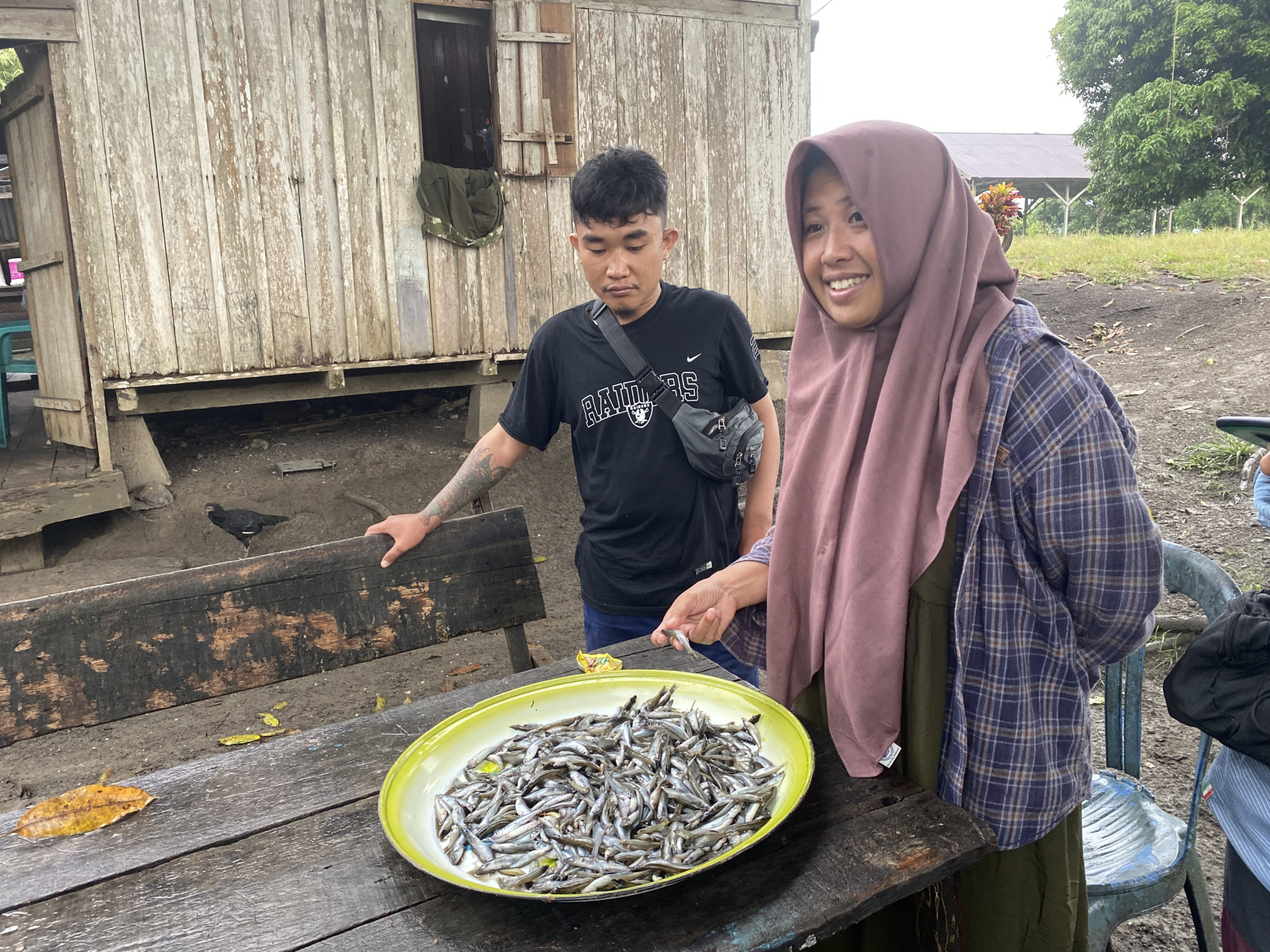

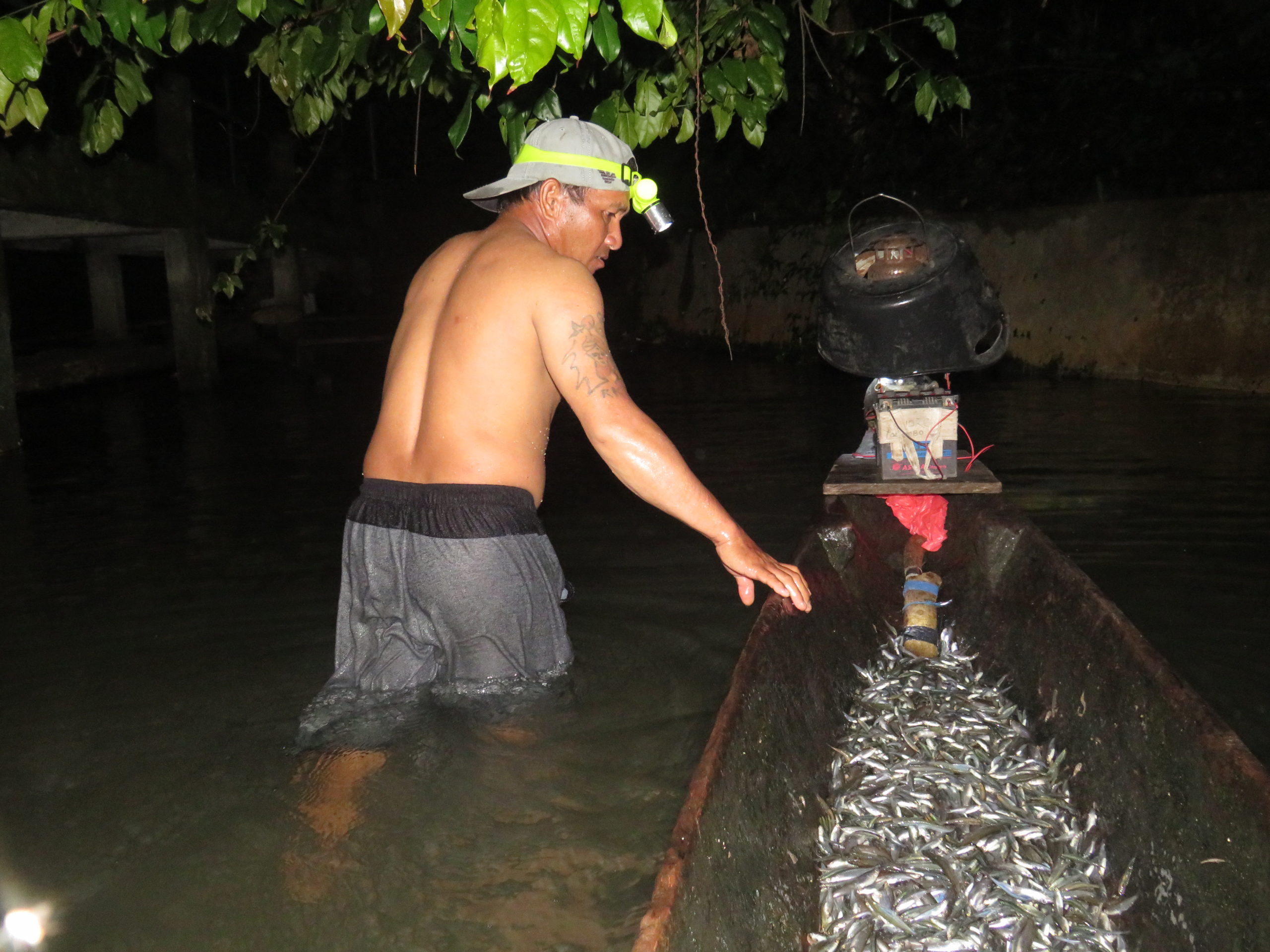
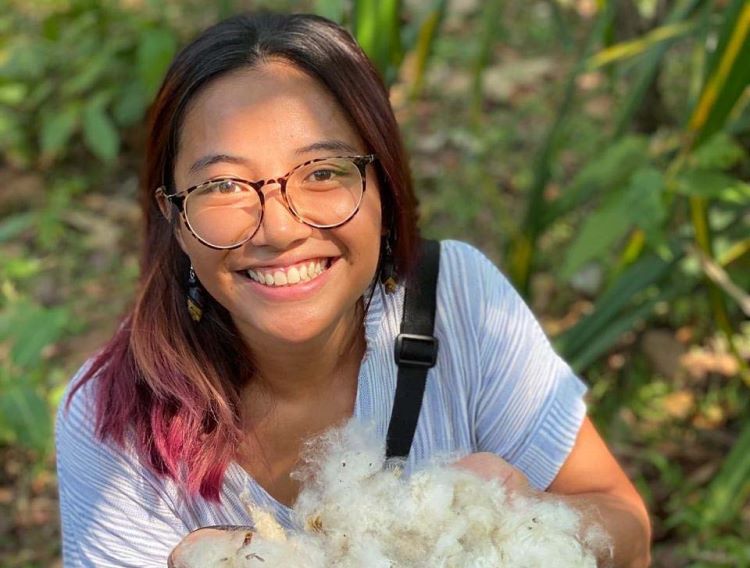


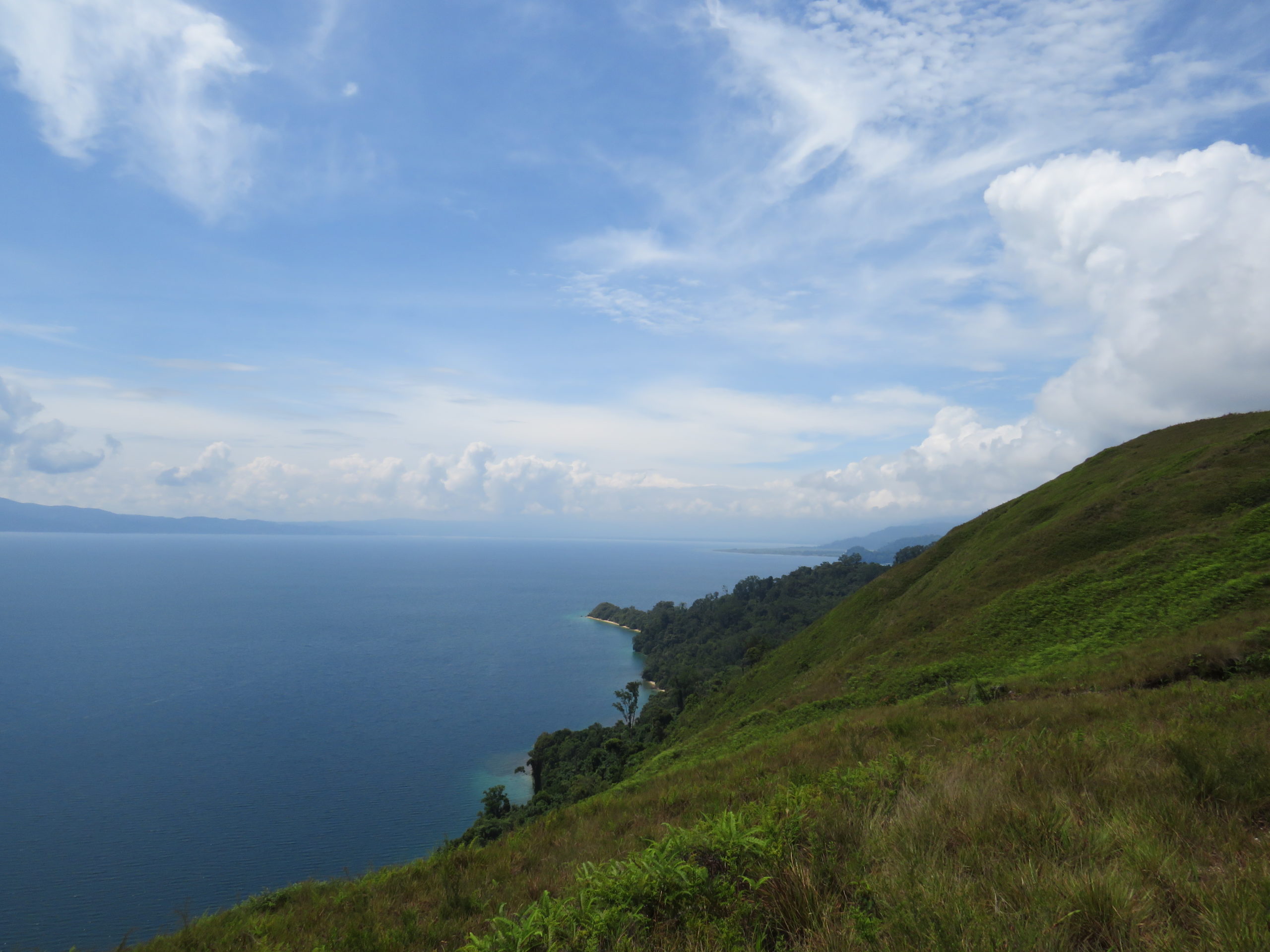
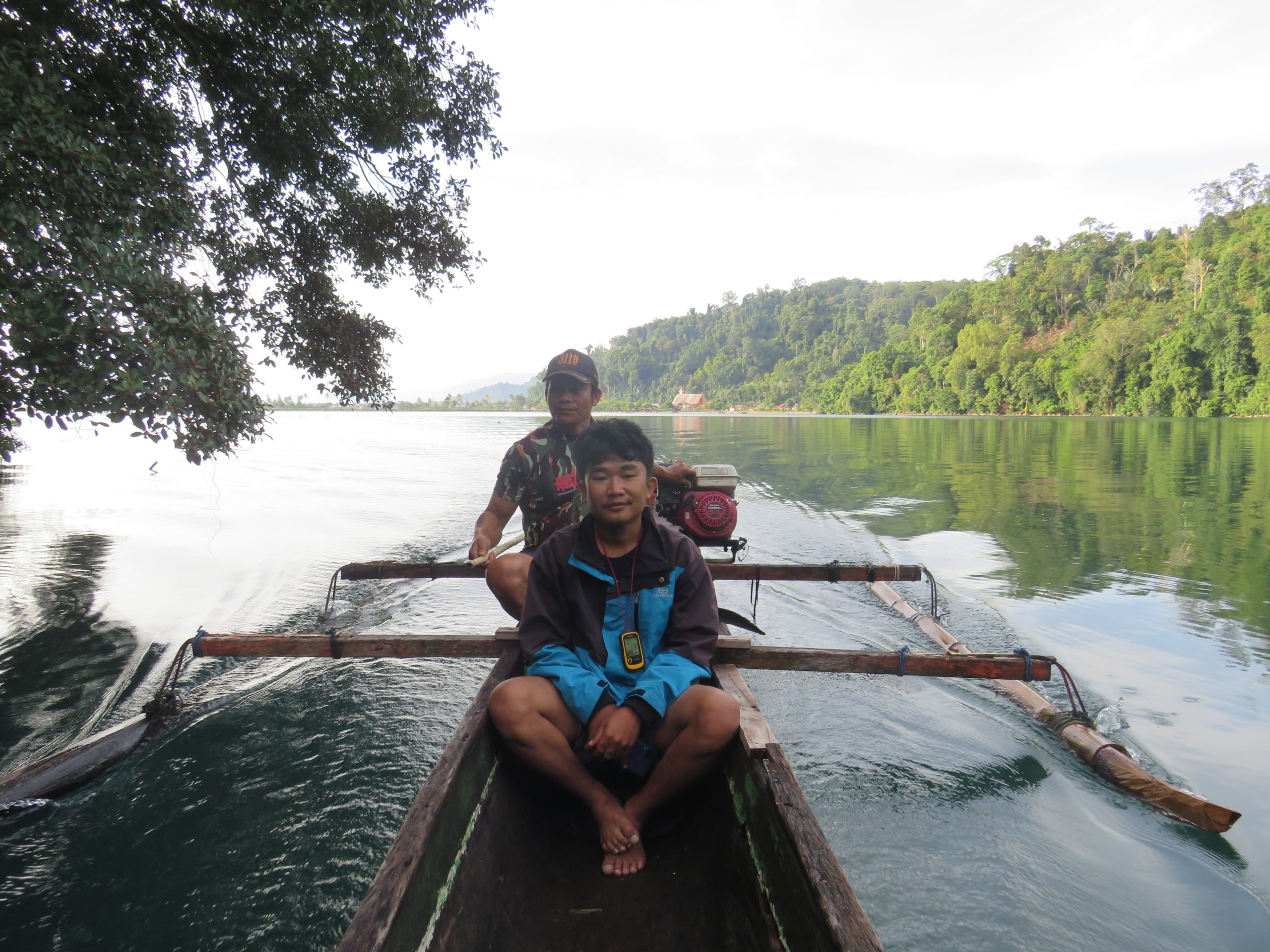
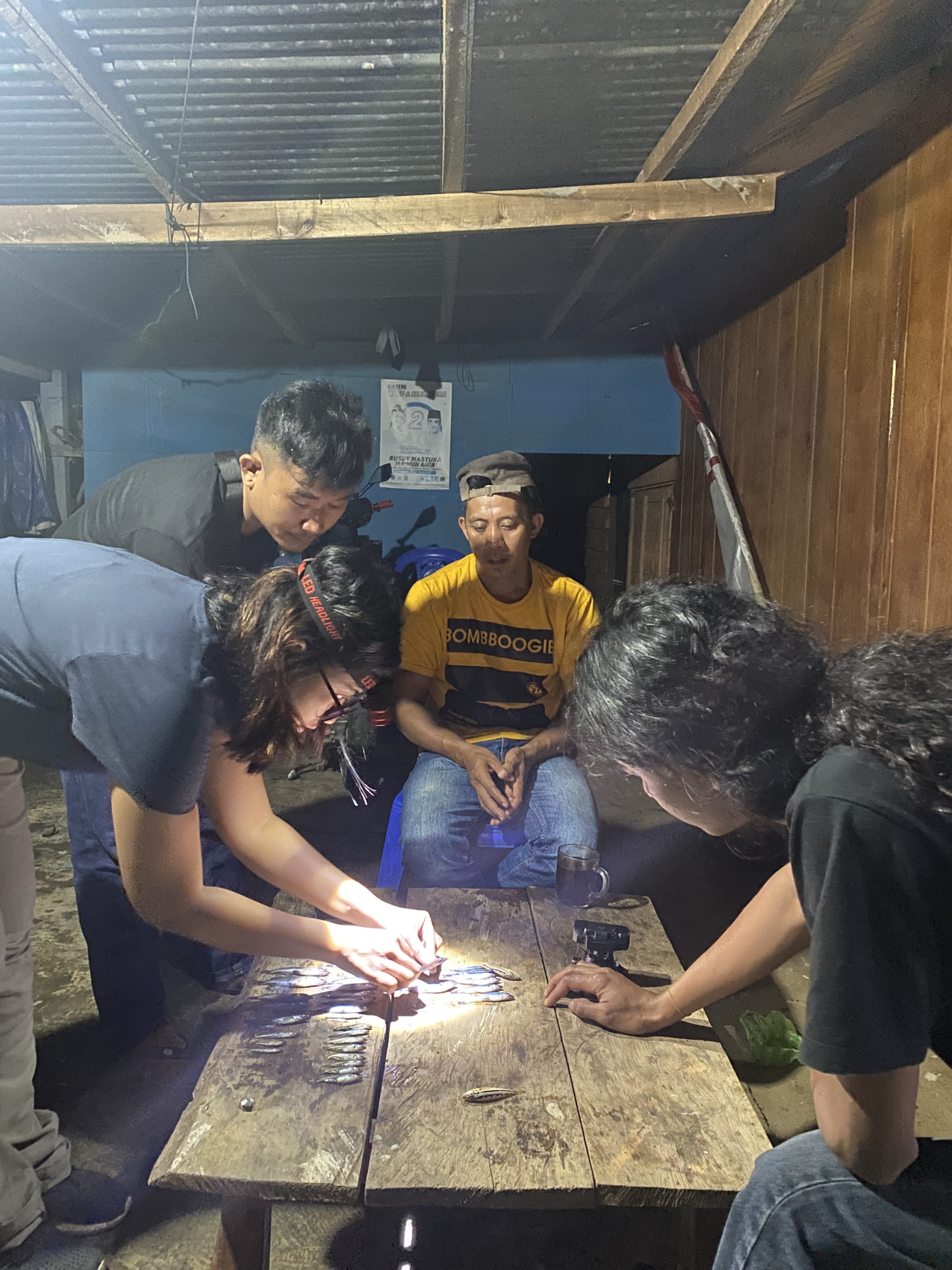
)
)
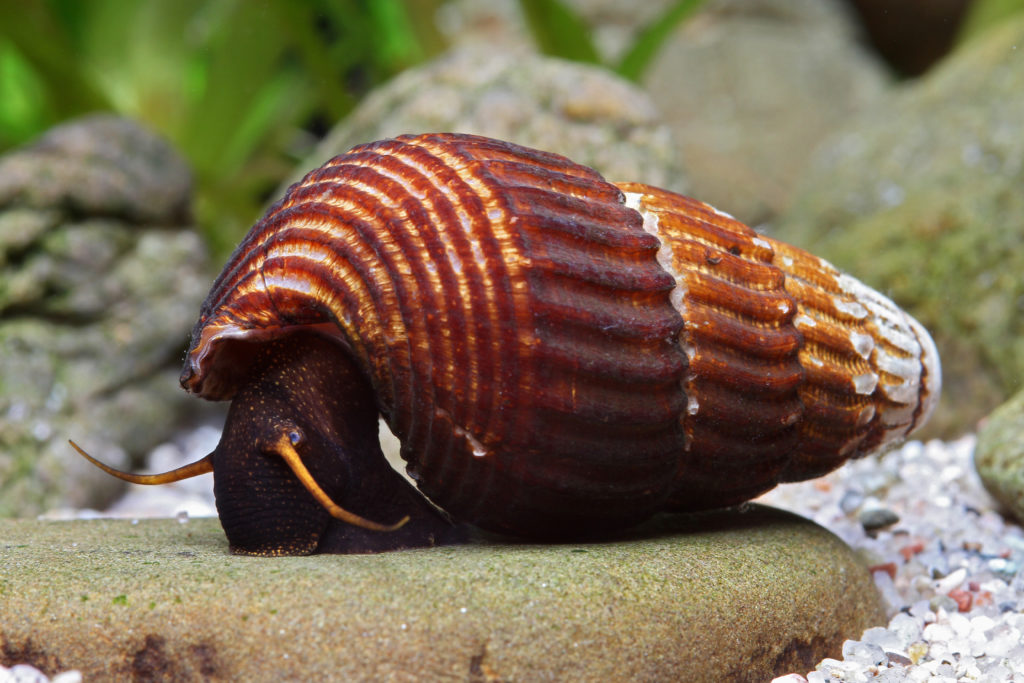)
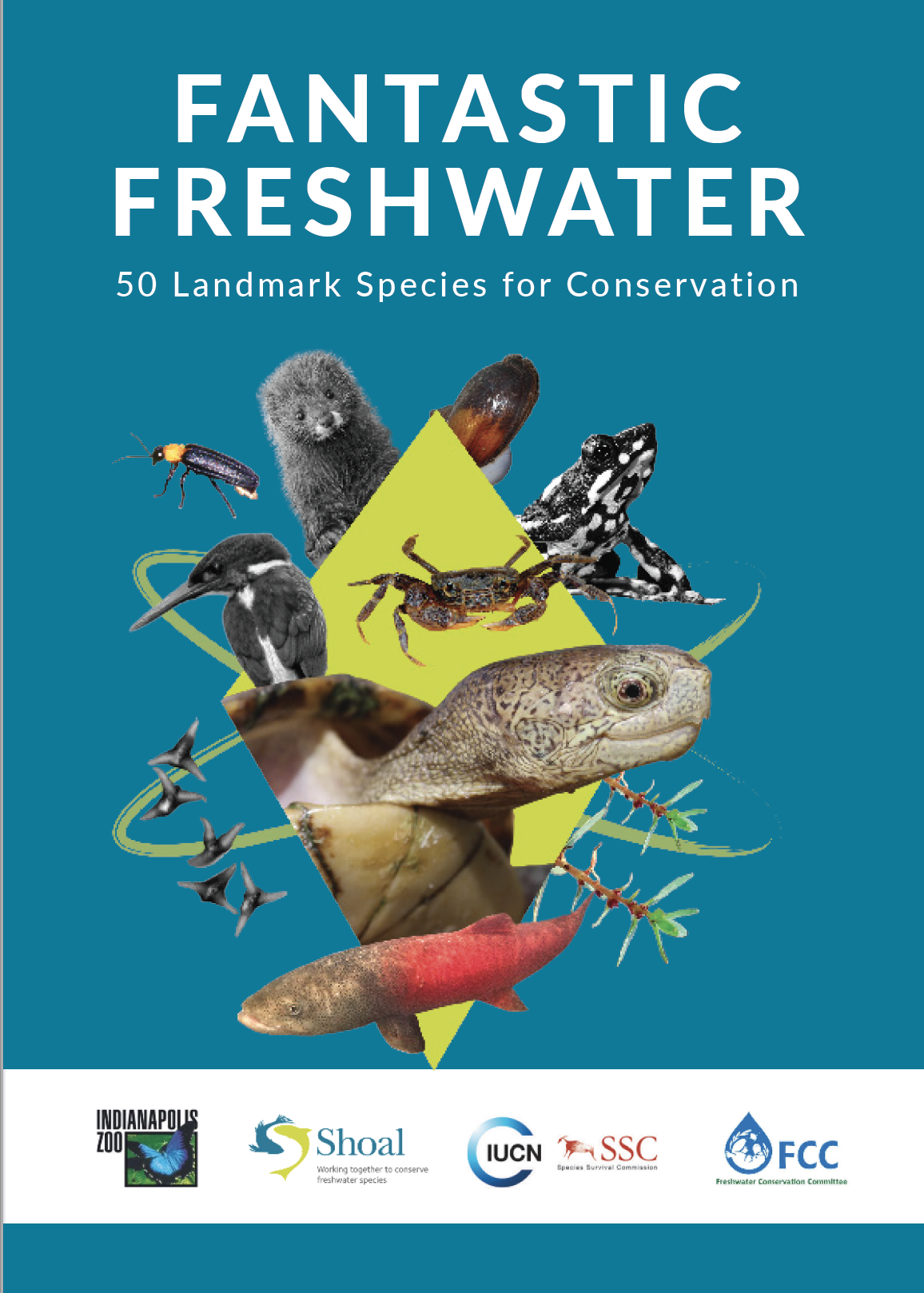
)